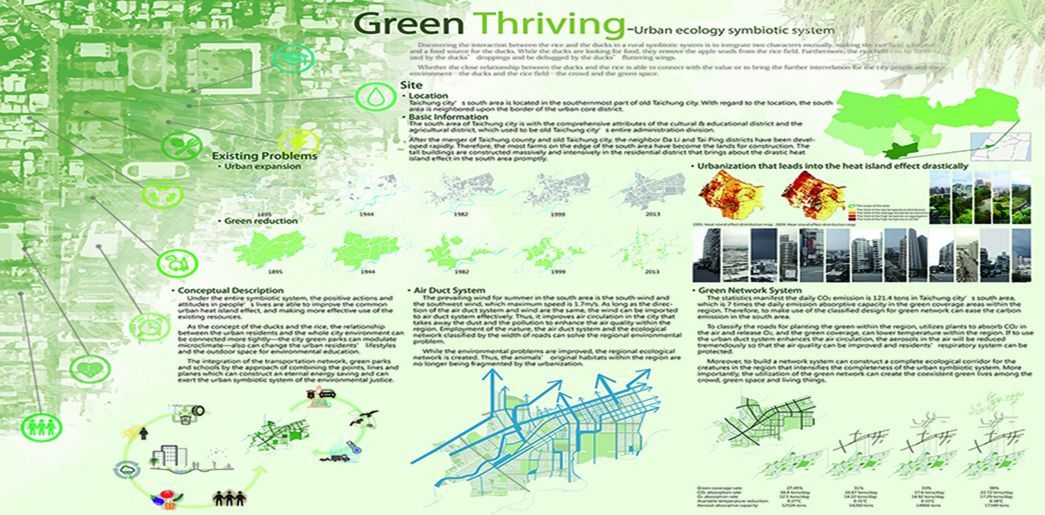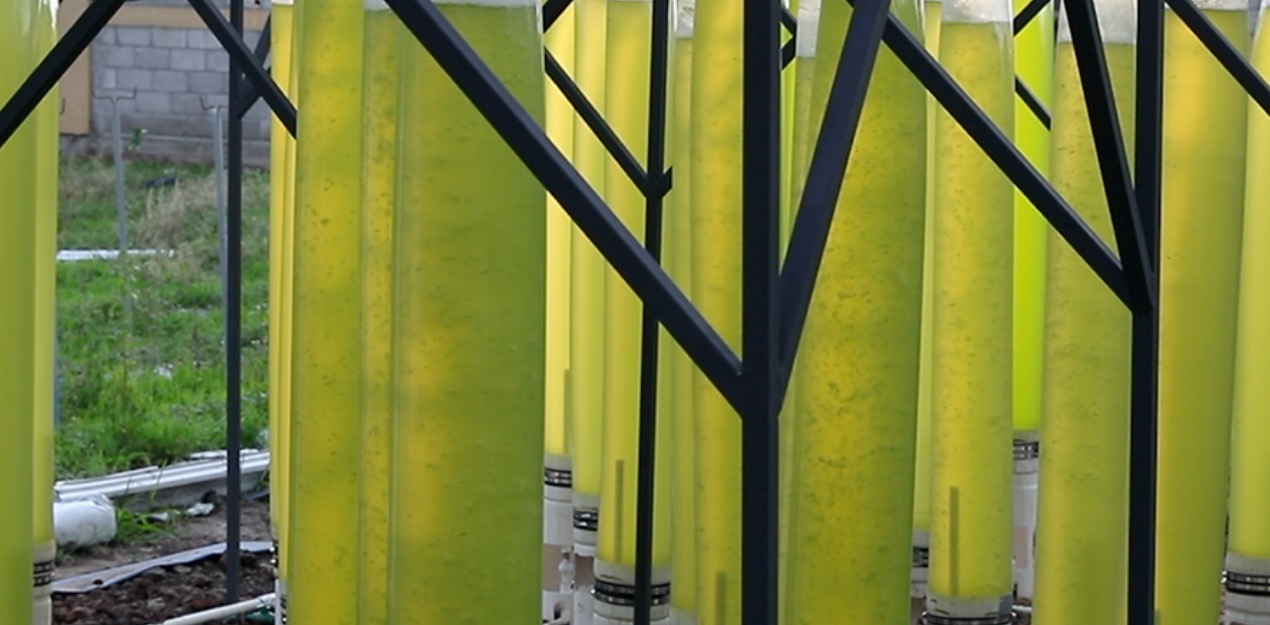AÑO
2017
CATEGORÍA
Comunidad
OBJETIVOS
Acción por el clima
PAL. CLAVE
Weather studies, Weather Hazard Alert, Glider
PAÍS
United States of America
CRÉDITOS
The WHAATRR team from NASA Armstrong includes, from left, Derek Abramson Dave Berger, John Bodylski, Robert “Red” Jensen, Scott Wiley, Al Bowers, Justin Hall, Luke Bard, Hussein Nasr and Samantha Ingersoll.
LINK
https://www.nasa.gov/centers/armstrong/features/whaatrr_glider.html
(WHAATRR) Glider
Weather Hazard Alert and Awareness Technology Radiation Radiosonde (WHAATRR) Glider.
Subscale Glider Could Assist in Weather Studies.
More accurate, immediate and economical information on severe weather phenomenon like hurricanes could one day be available thanks to the Weather Hazard Alert and Awareness Technology Radiation Radiosonde (WHAATRR) Glider.
Students and Armstrong staff have been developing the glider based on the Prandtl-M aircraft to fly in the atmosphere of Mars. The vehicle could potentially save the National Weather Service up to $15 million a year compared to current methods and with faster and more reliable data, said project manager Scott Wiley.
Employees across the centers agree the idea could take off and voted for it during the NASA Agency Innovation Mission (AIM) Day Nov. 1 for a NASA Innovation Kick Start (NIKS) grant. Also winning a NIKS grant with Armstrong participation was the Agency Legal Enterprise Capability for Knowledge Sharing (ALECKS), the idea of a common NASA legal database including discussions, forums, news and updates.





